From Bible to Doctrine, Morality to Sacramentality
The patristic scholar Everett Ferguson, in an insightful article entitled, “Catechesis and Initiation," surveys the key patristic figures who left catechetical works, and accounts for the shifts from the third to the fourth century.
After looking at the catechetical writings of Justin Martyr, Irenaeus of Lyons, Cyprian of Carthage, Cyril of Jerusalem, Ambrose of Milan, and Augustine, Ferguson is able to conclude that:
The catechumenate all along served an evangelistic function, but in the course of the fourth century it became more didactic. At the beginnings of the organized catechumenate the concern seems to have been how to keep the unworthy out of the church. It established clear boundary lines, and its rituals marked the transition to a new community. The fourth-century catechumenate was still concerned with boundaries in a new situation, but the principal concern seems to have become how to get the worthy into the church (49).
On this telling, in the third century, the persecuted church was a tight knit, highly disciplined regiment of believers. Catechesis served to keep this community highly committed. But with the shifts that took place in the fourth century, subtle but significant shifts took place. They went from keeping the (morally) unworthy out to trying to get the (societally) worthy in.
The implication for catechesis was that, whereas the third-century church put more emphasis on the teaching the Biblical narrative and morality, in the fourth, a shift took place that resulted in an increased emphasis on doctrine and the sacraments.
What was the cause of this shift?
The lack of balance and consistency here, I suspect, has a great deal to do with the failure of the Christianization of the West to penetrate more deeply into the behaviour of the people.... The new centre of gravity for catechesis in the fourth and fifth centuries perhaps reflected the prominence of doctrinal controversy in church life. Being a Christian was now defined primarily in terms of doctrine and not in terms of behavior. (51)
This seems to be a fairly common reading of the ancient catechumenate: the shift from persecuted church to Constantinian settlement (to overstate it) resulted in a more lax catechumenate, more caught up in doctrine and sacramental mysteries, rather than the earlier church's emphasis on the Scriptures and morality.
A Possible Reply
But I'm not so sure the story is that simple. For one thing, during the fourth century, one could be a catechumen for much longer than the 1-3 years that was standard in the earlier church. So we shouldn't reduce the fourth-century catechumenate to only the Lenten period. It also includes potentially several years of church attendance, which would mean hearing the Scriptures week in and week out.
And it's also hard to make the case that fourth-century catechists were less interested in morality—one need only read the catechetical sermons of St. Ambrose to realize the priority of moral formation in the task of catechesis.
But another, and to me more interesting, claim, is one put forth by Frances Young. She writes that the kind of training that catechesis is becomes an educative discipline fused with religious rite. Catechesis, then, transforms the very nature of religion into something where both doctrine and morality become merged together as a unique religious practice.
“If the process of teaching and learning the truth provides the obvious framework for this activity, increasingly the analogy with initiation into the mysteries turns this educational activity into a religious and ritual practice…. Thus a convergence of religious rite and school-like dogma is creating a new understanding of what religion is. Belief is as important, if not more important, than practice; practice involves correct belief." (The Cambridge History of Early Christian Literature, 468).
While granting that there was a move towards more of an emphasis on doctrine and the importance of "right belief," there is also an interesting way in which "religious rite" and "school-like dogma" create, as she says, "a new understanding of what religion is." We have to rethink the very concept of religion in light of the effects of the fourth-century dynamics and the kind of catechesis that ensued.
This strikes me as a more promising way to talk about the shifts in the history of catechesis, but it is also what gives catechesis as we might practice it today more potency. If catechesis is severed from the worshipping life of the church, if it is separated from the church's rites and rituals, then it becomes simply another kind of academic education. But while catechesis aims to educated, it also aims for much more than that. It is seeking to set forth and explain the contours of what it is the church does in the liturgy. It aims to show the reason for why we do what we do, and so at this level it aims to set people potentially on a course towards full participation in the life of the church.
If we isolate teaching the Scriptures and morality—which are obviously vital to catechesis—from the rites of the church, what we end up with is a kind of bookish faith, a place where people learn more about Christianity rather than learning what it feels like to inhabit the reality of living Christianly.

